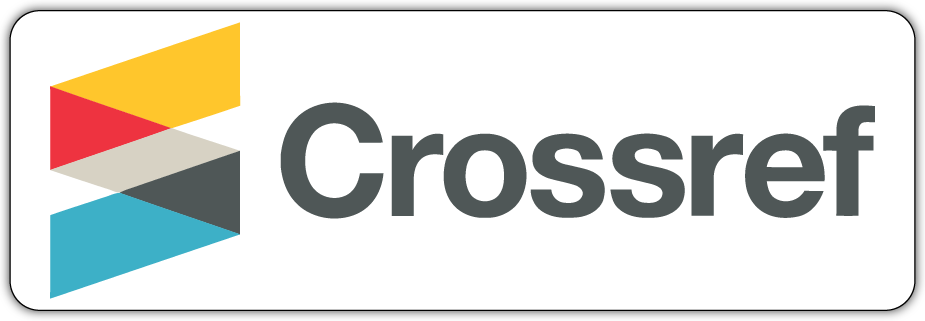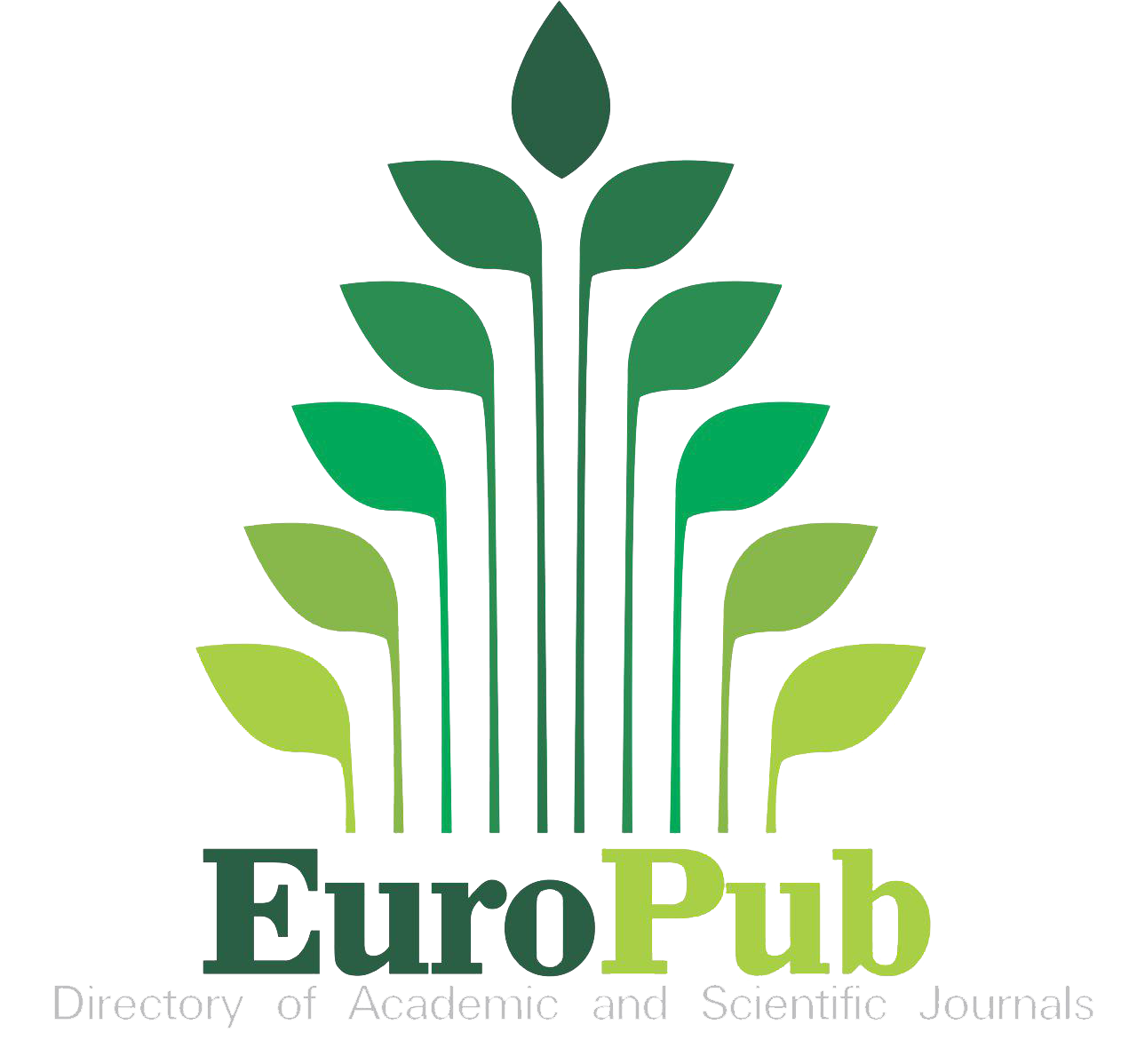Understanding the Dynamics of Islamic Media: A Comparative Analysis of Lensamu and Aisyiyahpusat Instagram Accounts’ Digital Communication Strategies
DOI:
https://doi.org/10.12928/commicast.v6i1.12931Keywords:
Islamic Media, Digital Da'wah, Instagram, Comparative Content Analysis, Communication StrategyAbstract
The purpose of this research is to examine the dynamics of Islamic media on Instagram via a comparative analysis of two da'wah accounts, Lensamu and Aisyiyah Pusat. This study uses a qualitative methodology and content analysis to investigate differences in digital communication methods, message framing, and audience interaction patterns across both accounts. Primary data were taken from Instagram uploads over a specific time period, while secondary data were gathered from literature on digital communication and Islamic media. The study's findings suggest that Lensamu uses an engaging and inspiring visual approach to catch the attention of the younger population with light and easy-to-understand material. Aisyiyahpusat, on the other hand, employs a more formal and analytical communication style, focussing on in-depth material presentation and critical conversations that foster excellent interactions. These findings emphasize the significance of tailoring digital da'wah techniques to audience characteristics, as well as contributing to the creation of more adaptable Islamic communication approaches in the age of social media.
References
Abd Hadi Borham. (2018). New Media and Its Impact Towards Islamic Dakwah. Sains Humanika, 10(3).
Akmaliah, W. (2020). The Demise of Moderate Islam: new media, contestation, and reclaiming religious authorities. Indonesian Journal of Islam and Muslim Societies, 10(1), 1–24. https://doi.org/10.18326/ijims.v10i1.1-24
Anggraeni, D., & Suprabowo, I. (2022). Strategi dakwah di masa pandemi: Studi pada Majelis Tabligh Pimpinan Pusat Aisyiyah. Islamic Communication Journal, 7(1), 129–146. https://doi.org/10.21580/icj.2022.7.1.10252
Asrizallis, A. (2024). Konsep Dakwah dan Media Sosial; Sebuah Studi Fenomenologi. Innovative: Journal Of Social Science Research. http://j-innovative.org/index.php/Innovative/article/view/11066
Aziz, M. S., Indrasari, M., Pamuji, E., Wulandari, E. R., & Prasnowo, M. A. (2022). Systematic Review: Use of Digital Media as a Means of Communication of Da’wah. Jurnal Spektrum Komunikasi, 10(2). https://doi.org/10.37826/spektrum.v10i2.324
Cindy Diva Erlinda, & Erwin Rasyid. (2023). Manajemen Media Digital Muhammadiyah Melalui Akun Instagram @lensamu. Jurnal Audiens, 4(1), 170–181. https://doi.org/10.18196/jas.v4i1.15
Creswell, J. W. (2009). research design : Pendekatan metode kualitatif, kuantitatif, dan mixed = Research design : qualitative & quantitative approaches (F. Ahmad (ed.)). Pustaka Pelajar. https://doi.org/LibUI ind rda
Creswell, J. W., & Creswell, J. D. (2018). Research Design: Qualitative, Quantitative, and Mixed Methods Approaches - John W. Creswell, J. David Creswell - Google Books. In SAGE Publications, Inc.
Faridah, F. (2016). Urgensi Implementasi Strategi Dakwah Di Era Kontemporer. Jurnal Mimbar: Media Intelektual Muslim Dan Bimbingan Rohani, 2(1), 42–54. https://doi.org/10.47435/mimbar.v2i1.273
Fitriana and Nurhikmah. (2022). Media Digital dan Agama. Media Indonesia. https://omp.iainpare.ac.id/index.php/ipnpress/catalog/download/2/2/10?inline=1
Hanif, M., & Agusman. (2023). Innovative Strategies In Contemporary Da’wah: Initiating A Technology-Based Approach. Jurnal Da’wah: Risalah Merintis, Da’wah Melanjutkan, 6(2), 59–71. https://doi.org/10.38214/jurnaldawahstidnatsir.v6i2.212
Harahap, A. R. J., Al-Anshori, M. F., & Kartini, K. (2022). Metode Analisis Wacana Dalam Media Sosial. Dakwatussifa: Journal of Da’wah and Communication, 1(2), 105–115. https://doi.org/10.56146/dakwatussifa.v1i2.54
Haryanto, A. T. (2024). APJII: Jumlah Pengguna Internet Indonesia Tembus 221 Juta Orang. In https://apjii.or.id/cyberlife/d-7169749/apjii-jumlah-pengguna-internet-indonesia-tembus-221-juta-orang.
Ike Atikah, & Beddy Iriawan Maksudi. (2018). Peran Media Sosial dalam. Sosiohumaniora - Jurnal Ilmu-Ilmu Sosial Dan Humaniora, 20(2), 154–161. http://nasional.
Indonesia, A. (2024). Apjii jumlah pengguna internet indonesia tembus 221 juta orang. APJII.
Jamirul, I. (2021). A Reciprocal Intercommunication Between Reader and Writer: A Critical Study of Cyber Literature. International Journal of Digital Content Management, 2(3), 131–142. https://doi.org/10.22054/dcm.2021.13679
Jensen, K. B. (2013). A Handbook of Media and Communication Research: Qualitative and quantitative methodologies: 2nd edition. In A Handbook of Media and Communication Research: Qualitative and quantitative methodologies: 2nd edition. https://doi.org/10.4324/9780203357255
Kammer, A. (2013). News on the Web: Instantaneity, multimodality, interactivity, and hypertextuality on Danish news websites. University of Copenhagen.
Leal-Rodríguez, A. L., Sanchís-Pedregosa, C., Moreno-Moreno, A. M., & Leal-Millán, A. G. (2023). Digitalization beyond technology: Proposing an explanatory and predictive model for digital culture in organizations. Journal of Innovation & Knowledge, 8(3), 100409. https://doi.org/10.1016/j.jik.2023.100409
McCombs, M. E., & Shaw, D. L. (2017). The agenda-setting function of mass media1 2. The Agenda Setting Journal, 1(2), 105–116. https://doi.org/10.1075/asj.1.2.02mcc
Muhamad Hizbullah. (2022). Adaptasi Dakwah Islam Di Media Online Era 4.0. Al-Qaul: Jurnal Dakwah Dan Komunikasi, 1(1). https://doi.org/10.33511/alqaul.v1n1.71-92
Mutiara, D. (2023). The Identity of Islamic Women in Online Media: A Study Confirming The Message of The Digital Identity of Progressive Women in Suara ’Aisyiyah. Afkaruna: Indonesian Interdisciplinary Journal of Islamic Studies, 19(1). https://doi.org/10.18196/afkaruna.v19i1.16554
Nida, A.-, Komunikasi, J. P., Islam, P., Psikologi, R., Kenabian, K., Intelligence, P., & Digital, P. D. (2022). Media Massa dan Pembentukan Opini Publik (Kajian Agenda SettingTheory). An-Nida’: Jurnal Prodi Komunikasi Dan Penyiaran Islam, X(September 2021), 1–22. https://www.e-jurnal.stail.ac.id/index.php/annida/article/view/339
Nubowo, A. (2023). Promoting Indonesian Moderate Islam on the Global Stage: Non-State Actors’ Soft Power Diplomacy in the Post-New Order Era. Muslim Politics Review, 2(2). https://doi.org/10.56529/mpr.v2i2.204
Pamungkas, A., & Halwati, U. (2023). Tantangan Dakwah Melalui Media Sosial Di Era Media Baru. Arkana: Jurnal Komunikasi Dan Media. https://ojs.unsiq.ac.id/index.php/arkana/article/view/4036
Prakash Yadav, G., & Rai, J. (2017). The Generation Z and their Social Media Usage: A Review and a Research Outline. Global Journal of Enterprise Information System, 9(2), 110. https://doi.org/10.18311/gjeis/2017/15748
Reilly, A. H. (2020). Social Media, Sustainability and Organizations. In Encyclopedia of the World’s Biomes (Vols. 5–5, pp. 397–406). Elsevier. https://doi.org/10.1016/B978-0-12-409548-9.11972-4
Schroeder, R. (2018). Towards a theory of digital media. Information Communication and Society, 21(3), 323–339. https://doi.org/10.1080/1369118X.2017.1289231
Solahudin, D., & Fakhruroji, M. (2020). Internet and islamic learning practices in Indonesia: Social media, religious populism, and religious authority. Religions, 11(1). https://doi.org/10.3390/rel11010019
Utomo, A., & Sutopo, O. R. (2020). Pemuda, Perkawinan, dan Perubahan Sosial di Indonesia. Jurnal Studi Pemuda, 9(2), 77. https://doi.org/10.22146/studipemudaugm.60144
Virtanen, T., & Lee, C. (2022). Face-work in online discourse: Practices and multiple conceptualizations. Journal of Pragmatics, 195, 1–6. https://doi.org/10.1016/j.pragma.2022.03.013
Wang, C., & Wang, Y. (2020). Opportunities for digital culture and innovation under cultural construction in the big data era--take digital cultural innovation in jiangxi universities as an example. International Journal of Social Science and Education Research, 2(11). https://doi.org/10.6918/IJOSSER.202001_2(11).0007

Downloads
Published
How to Cite
Issue
Section
License
Copyright (c) 2025 Lukman Hakim, Iman Sumarlan

This work is licensed under a Creative Commons Attribution-ShareAlike 4.0 International License.
License and Copyright Agreement
In submitting the manuscript to the journal, the authors certify that:
- They are authorized by their co-authors to enter into these arrangements.
- The work described has not been formally published before, except in the form of an abstract or as part of a published lecture, review, thesis, or overlay journal. Please also carefully read Commicast's Posting Your Article Policy at http://journal2.uad.ac.id/index.php/commicast/about/editorialPolicies#custom-5
- That it is not under consideration for publication elsewhere,
- That its publication has been approved by all the author(s) and by the responsible authorities – tacitly or explicitly – of the institutes where the work has been carried out.
- They secure the right to reproduce any material that has already been published or copyrighted elsewhere.
- They agree to the following license and copyright agreement.
Copyright
Authors who publish with Commicast agree to the following terms:
- Authors retain copyright and grant the journal right of first publication with the work simultaneously licensed under a Creative Commons Attribution License (CC BY-SA 4.0) that allows others to share the work with an acknowledgment of the work's authorship and initial publication in this journal.Â
- Authors are able to enter into separate, additional contractual arrangements for the non-exclusive distribution of the journal's published version of the work (e.g., post it to an institutional repository or publish it in a book), with an acknowledgment of its initial publication in this journal.
- Authors are permitted and encouraged to post their work online (e.g., in institutional repositories or on their website) prior to and during the submission process, as it can lead to productive exchanges, as well as earlier and greater citation of published work.
Licensing for Data Publication
Commicast use a variety of waivers and licenses, that are specifically designed for and appropriate for the treatment of data:
Open Data Commons Attribution License, http://www.opendatacommons.org/licenses/by/1.0/ (default)
Creative Commons CC-Zero Waiver, http://creativecommons.org/publicdomain/zero/1.0/
Open Data Commons Public Domain Dedication and Licence, http://www.opendatacommons.org/licenses/pddl/1-0/
Other data publishing licenses may be allowed as exceptions (subject to approval by the editor on a case-by-case basis) and should be justified with a written statement from the author, which will be published with the article.
Open Data and Software Publishing and Sharing
The journal strives to maximize the replicability of the research published in it. Authors are thus required to share all data, code or protocols underlying the research reported in their articles. Exceptions are permitted but have to be justified in a written public statement accompanying the article.
Datasets and software should be deposited and permanently archived inappropriate, trusted, general, or domain-specific repositories (please consult http://service.re3data.org and/or software repositories such as GitHub, GitLab, Bioinformatics.org, or equivalent). The associated persistent identifiers (e.g. DOI, or others) of the dataset(s) must be included in the data or software resources section of the article. Reference(s) to datasets and software should also be included in the reference list of the article with DOIs (where available). Where no domain-specific data repository exists, authors should deposit their datasets in a general repository such as ZENODO, Dryad, Dataverse, or others.
Small data may also be published as data files or packages supplementary to a research article, however, the authors should prefer in all cases a deposition in data repositories.






















